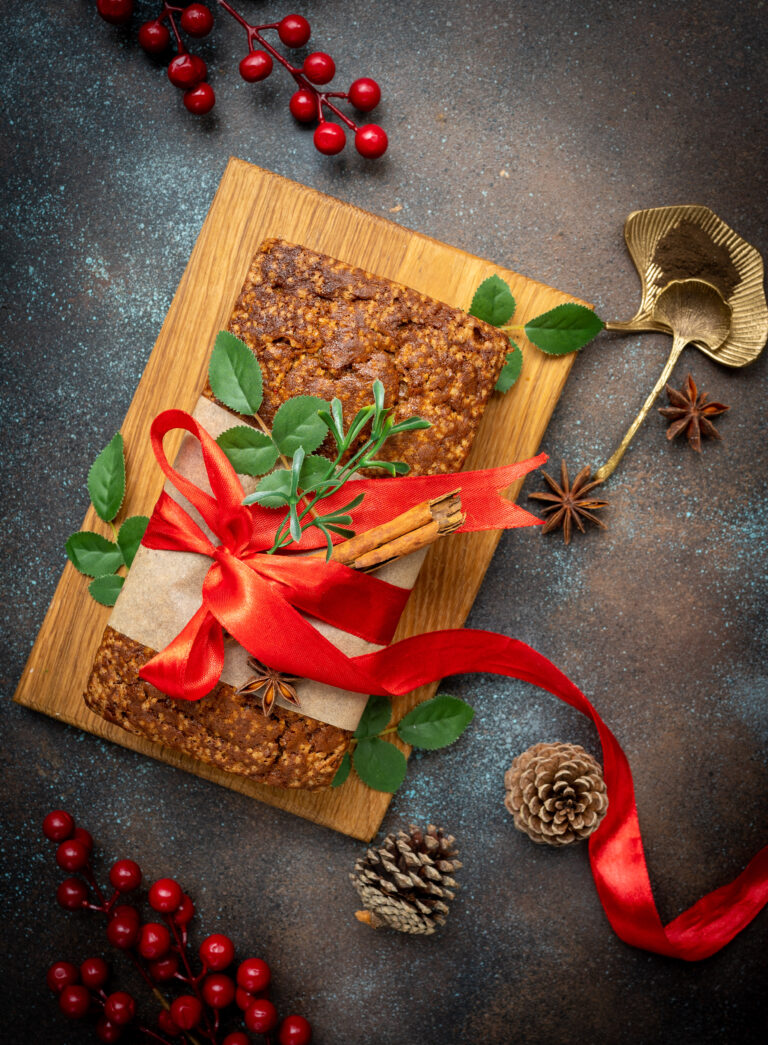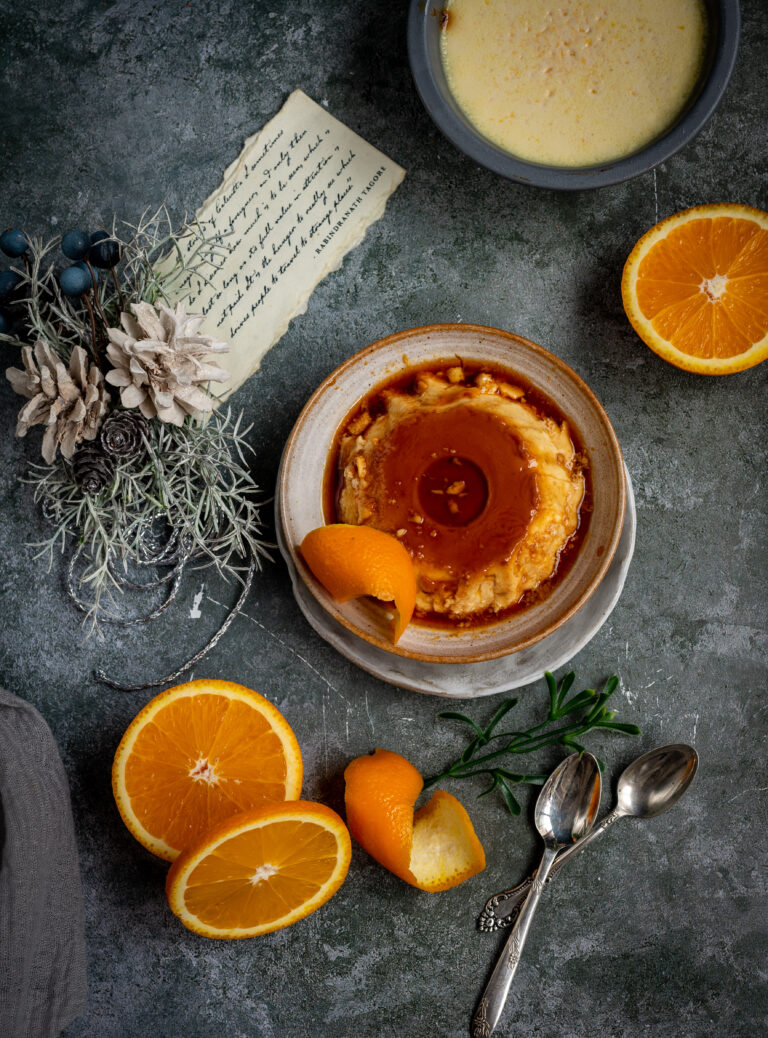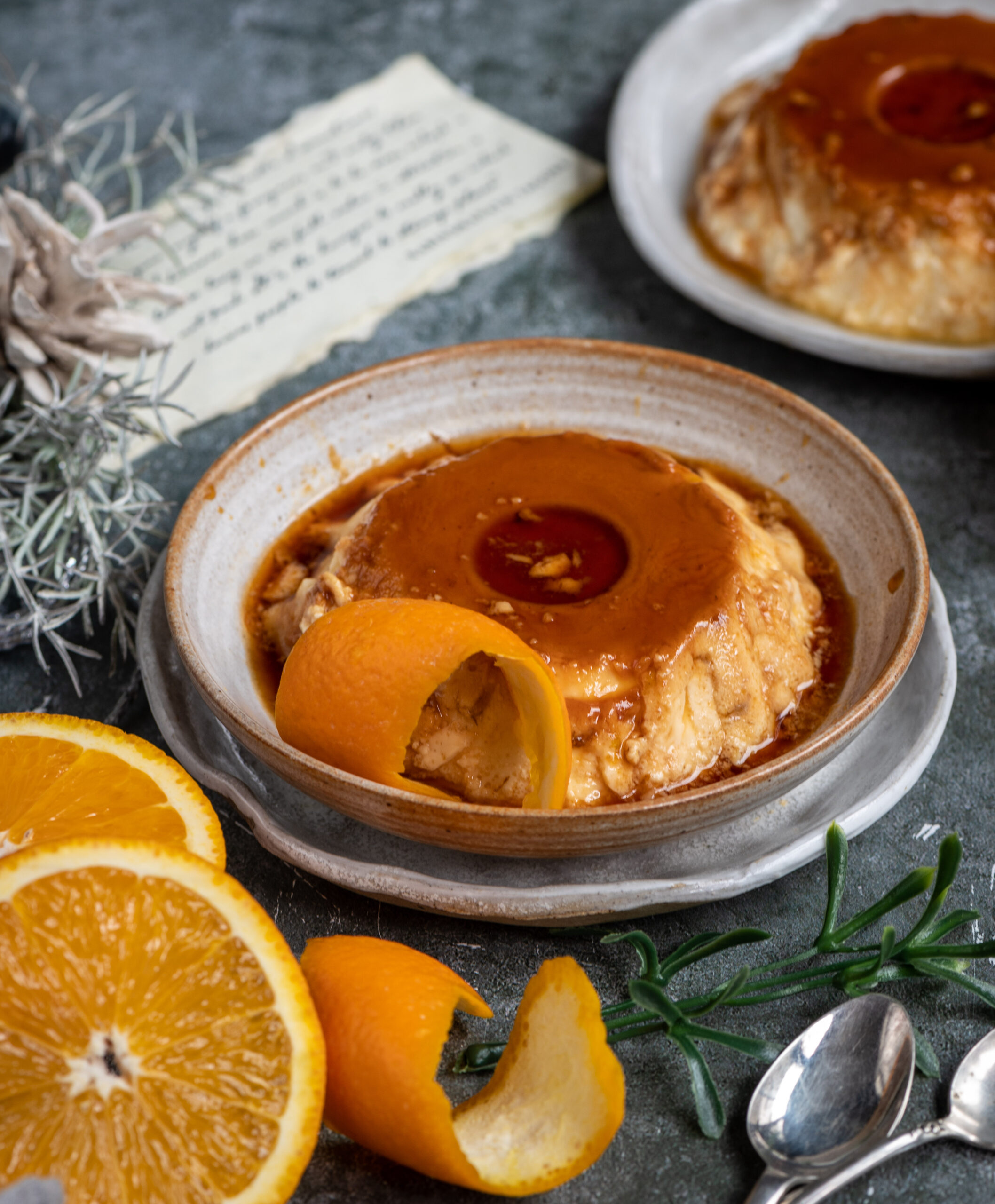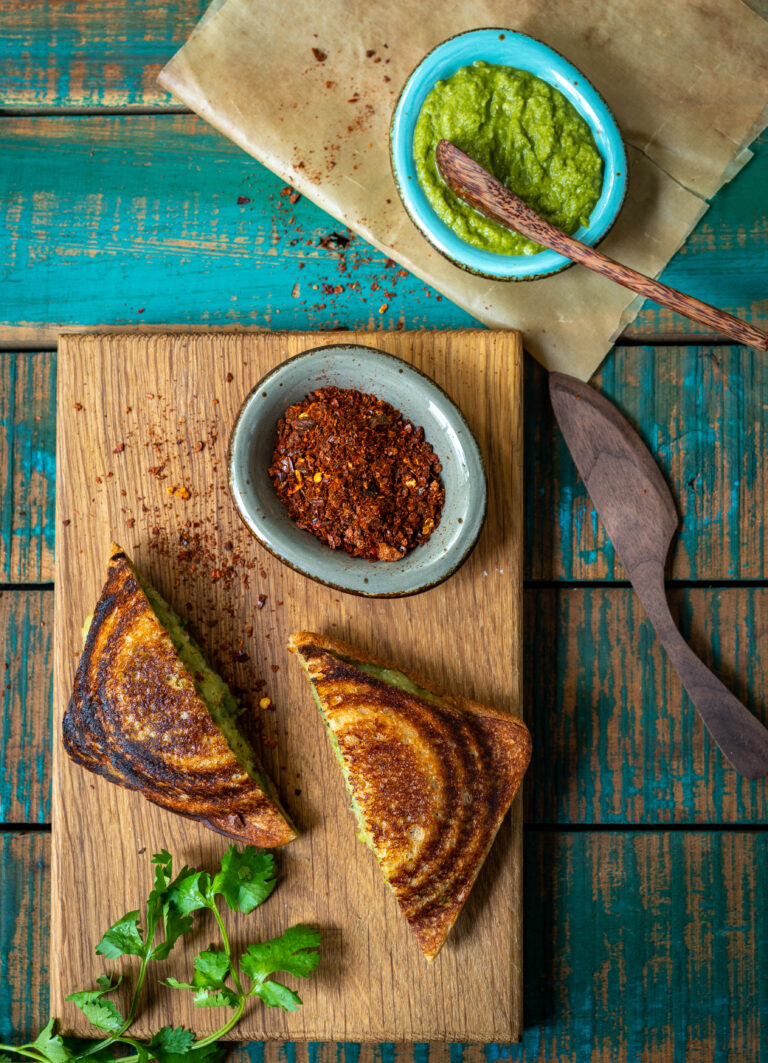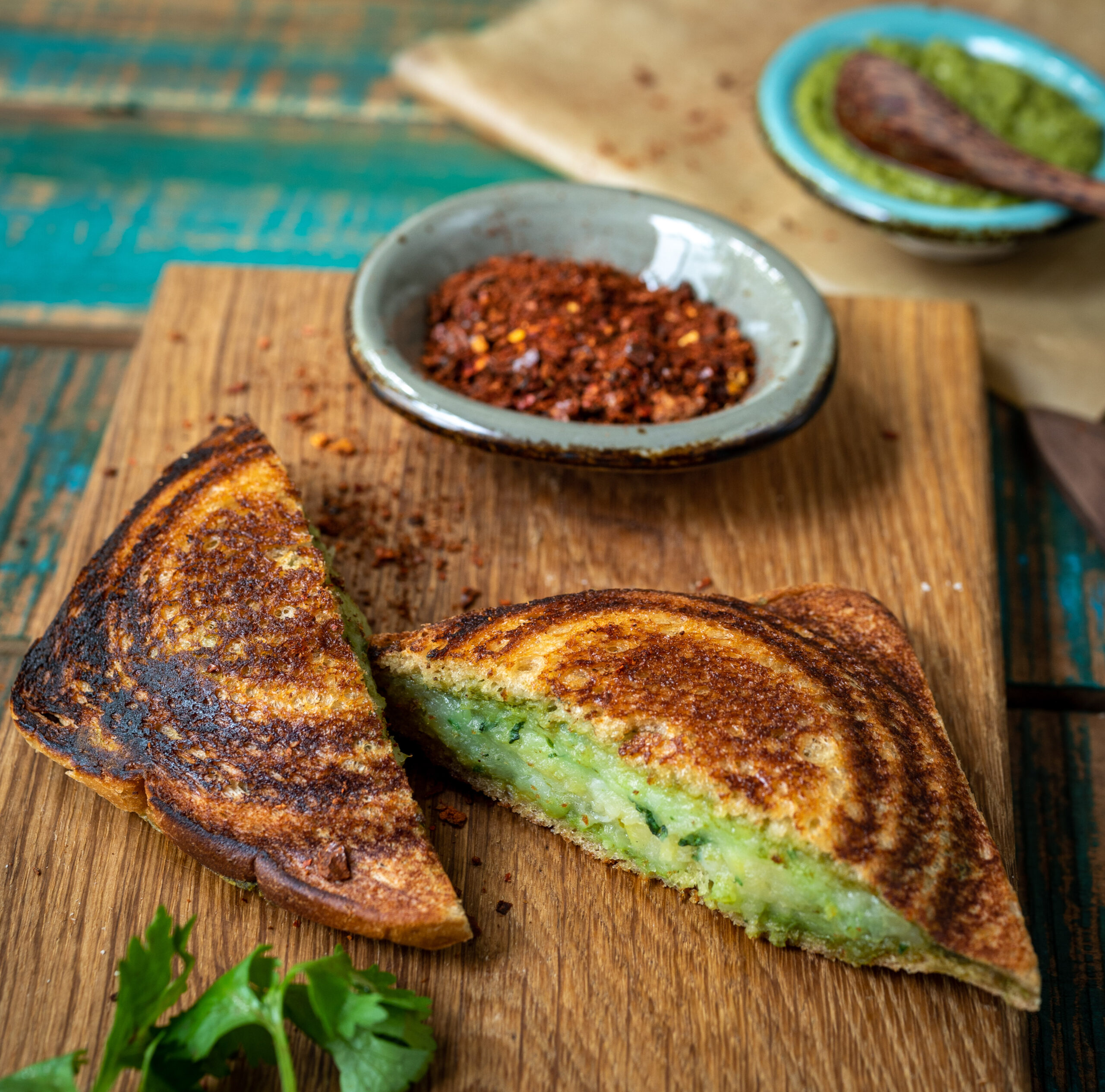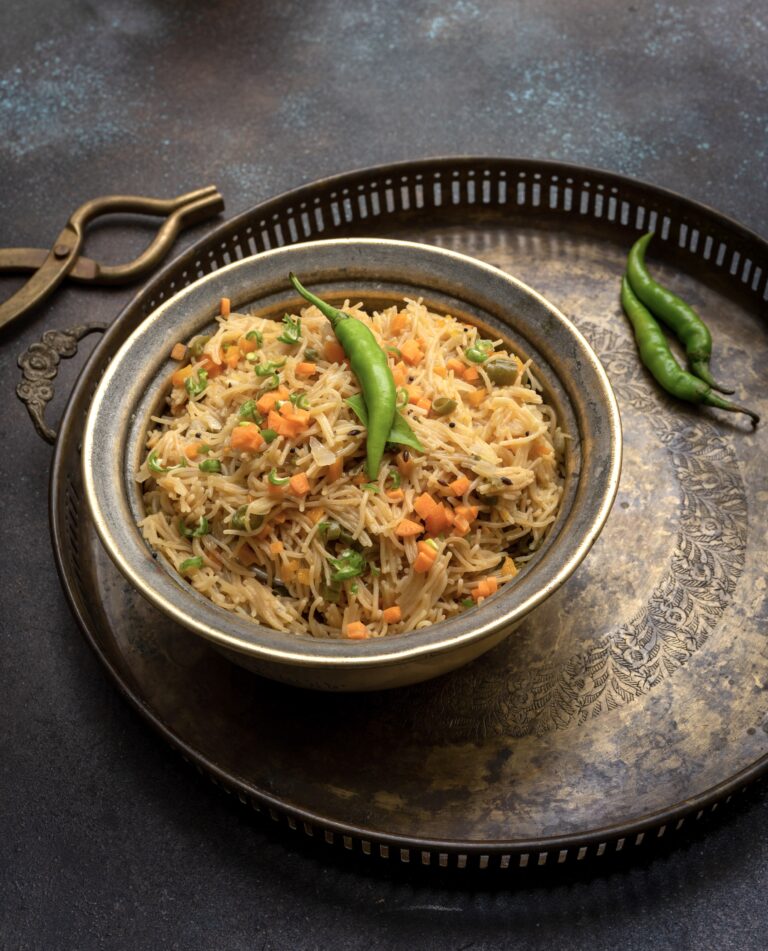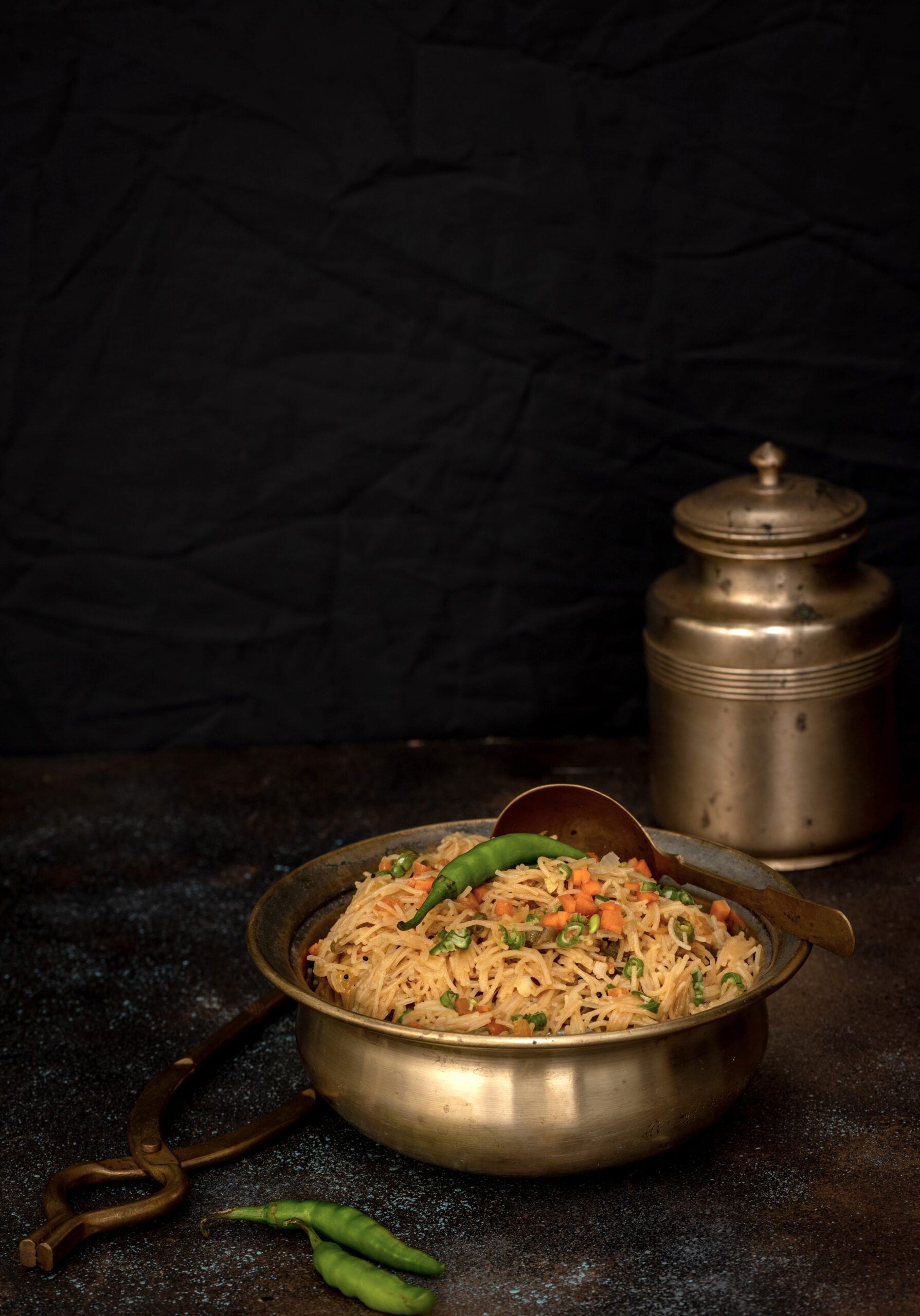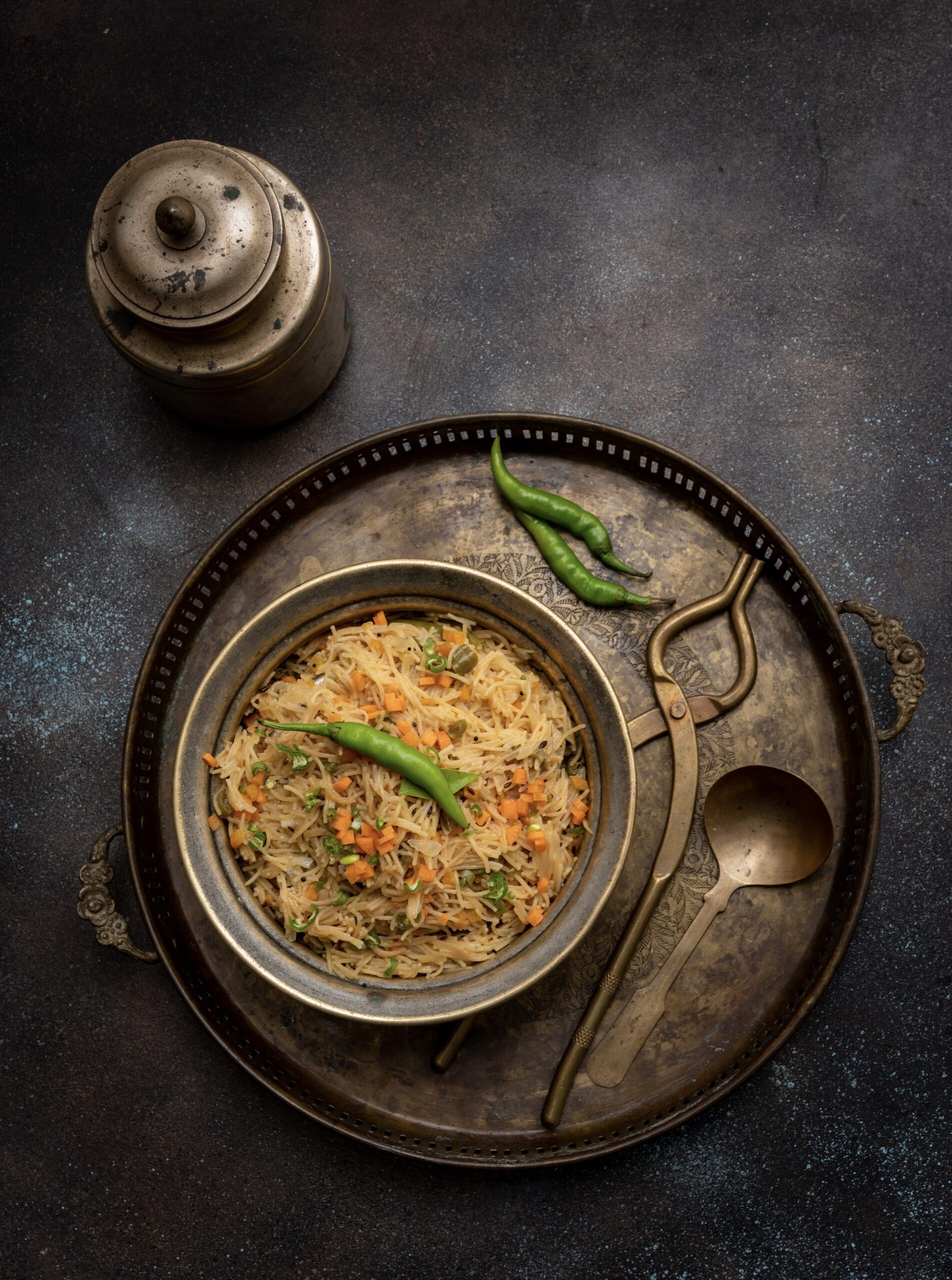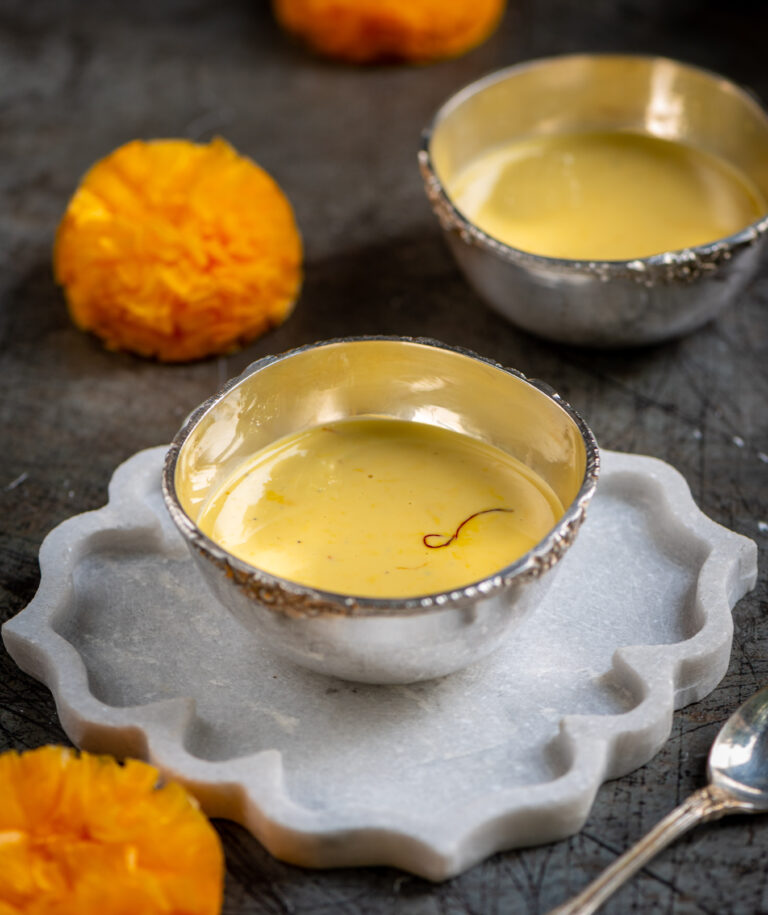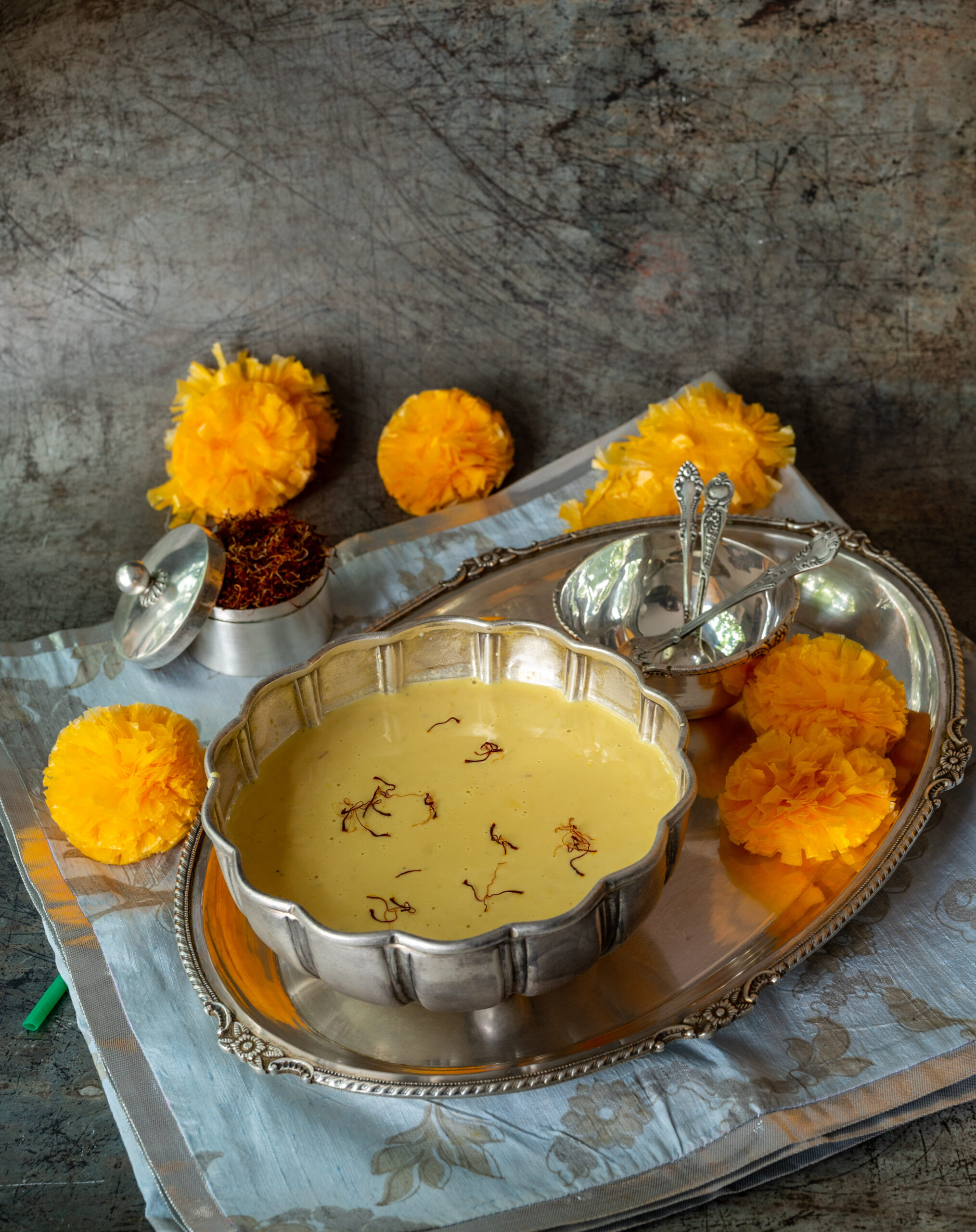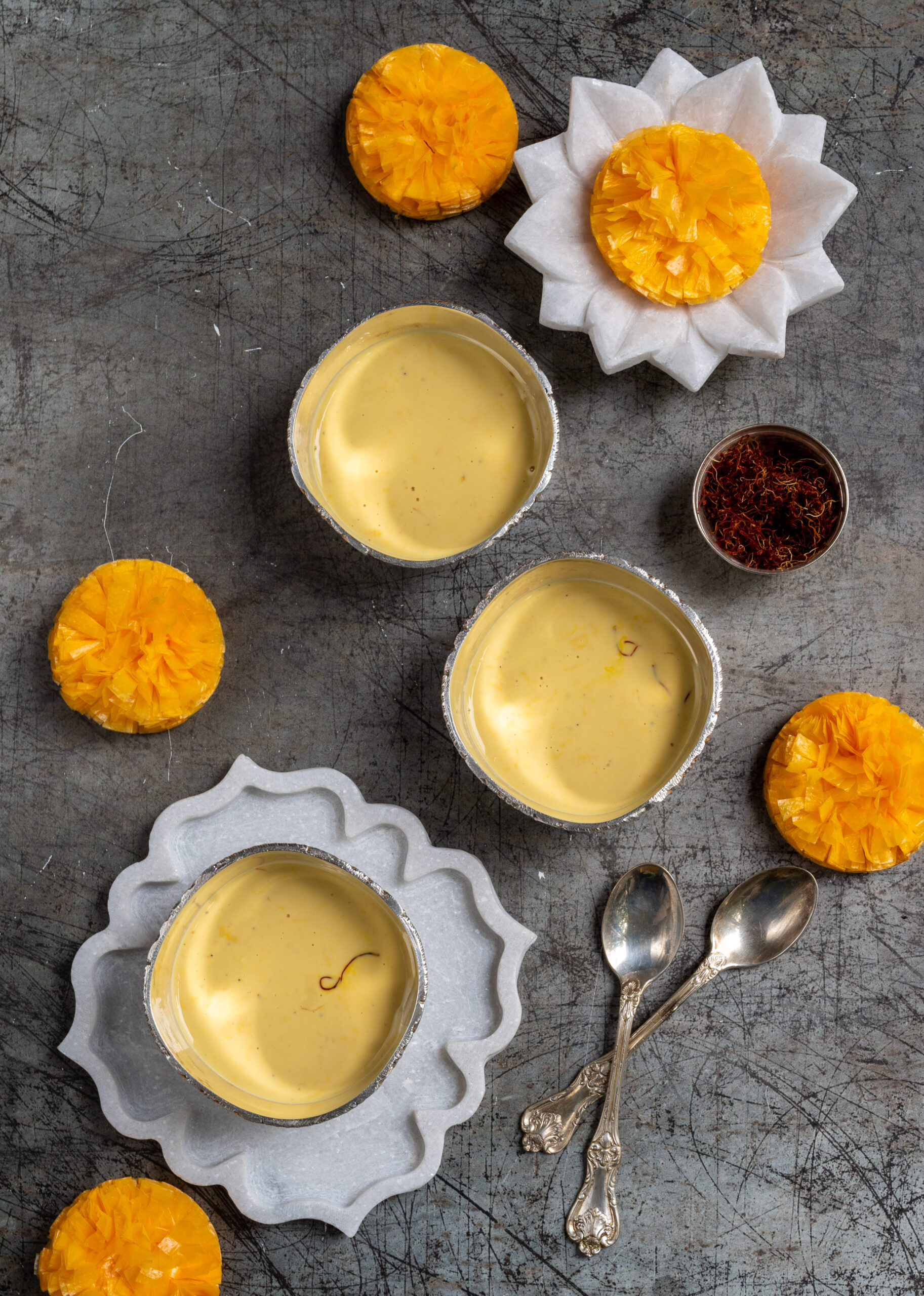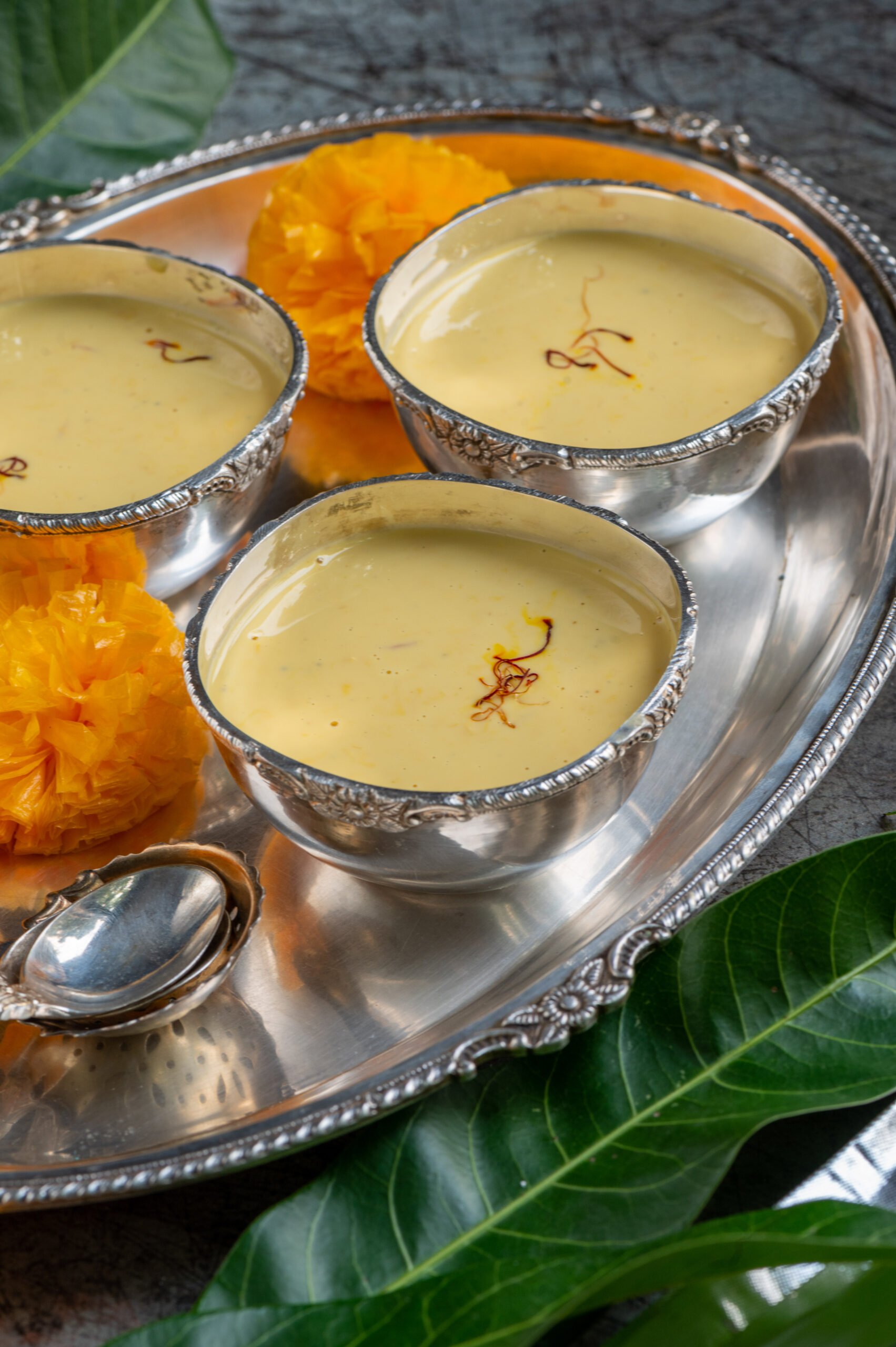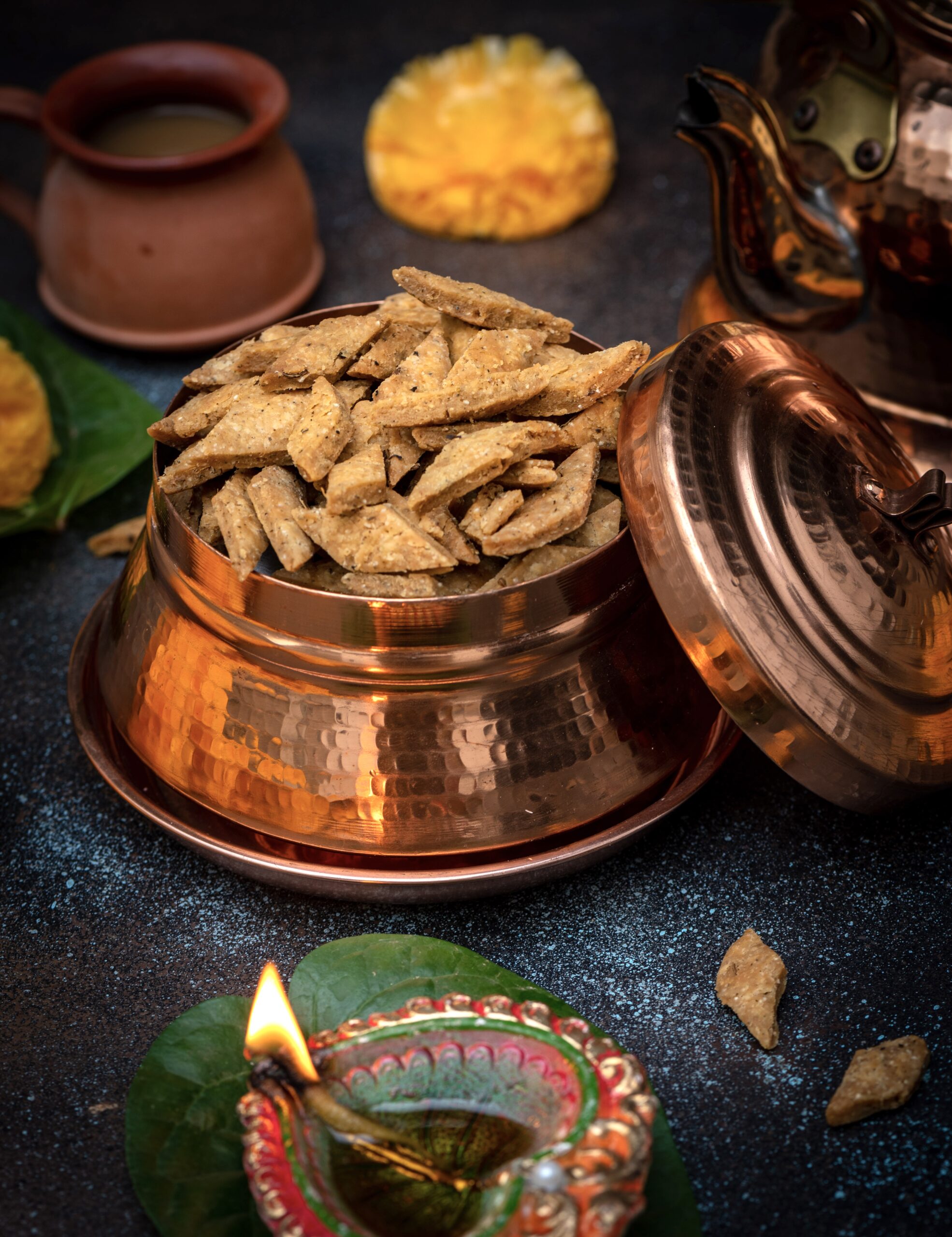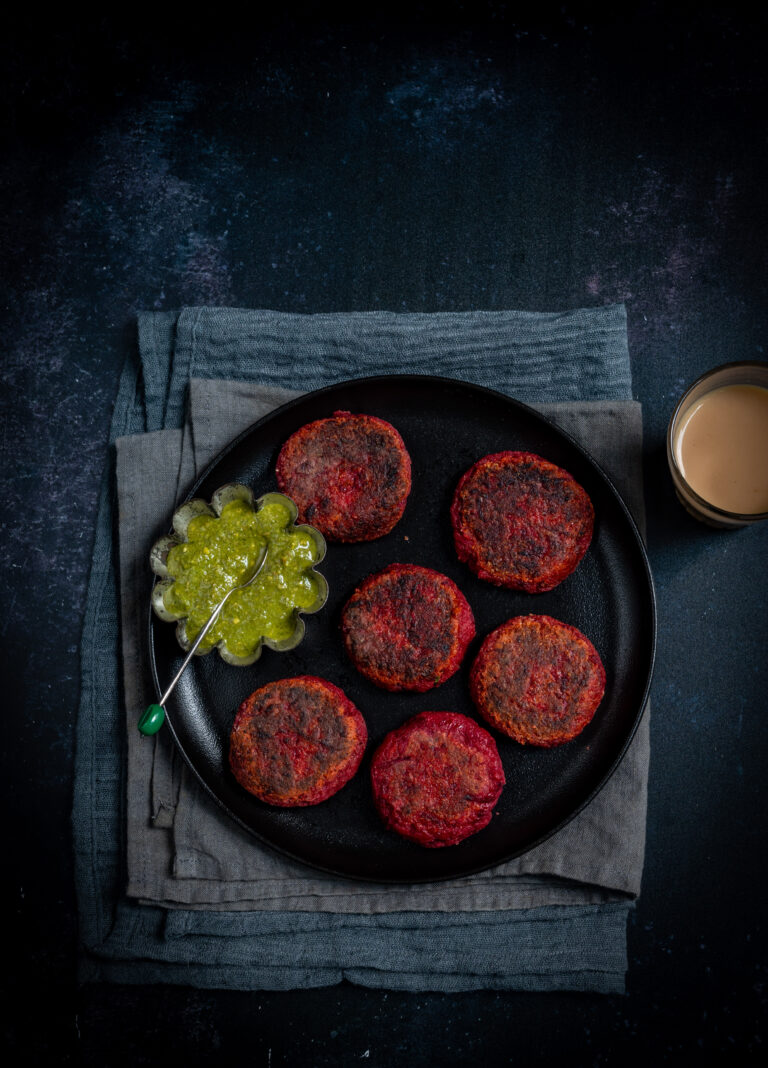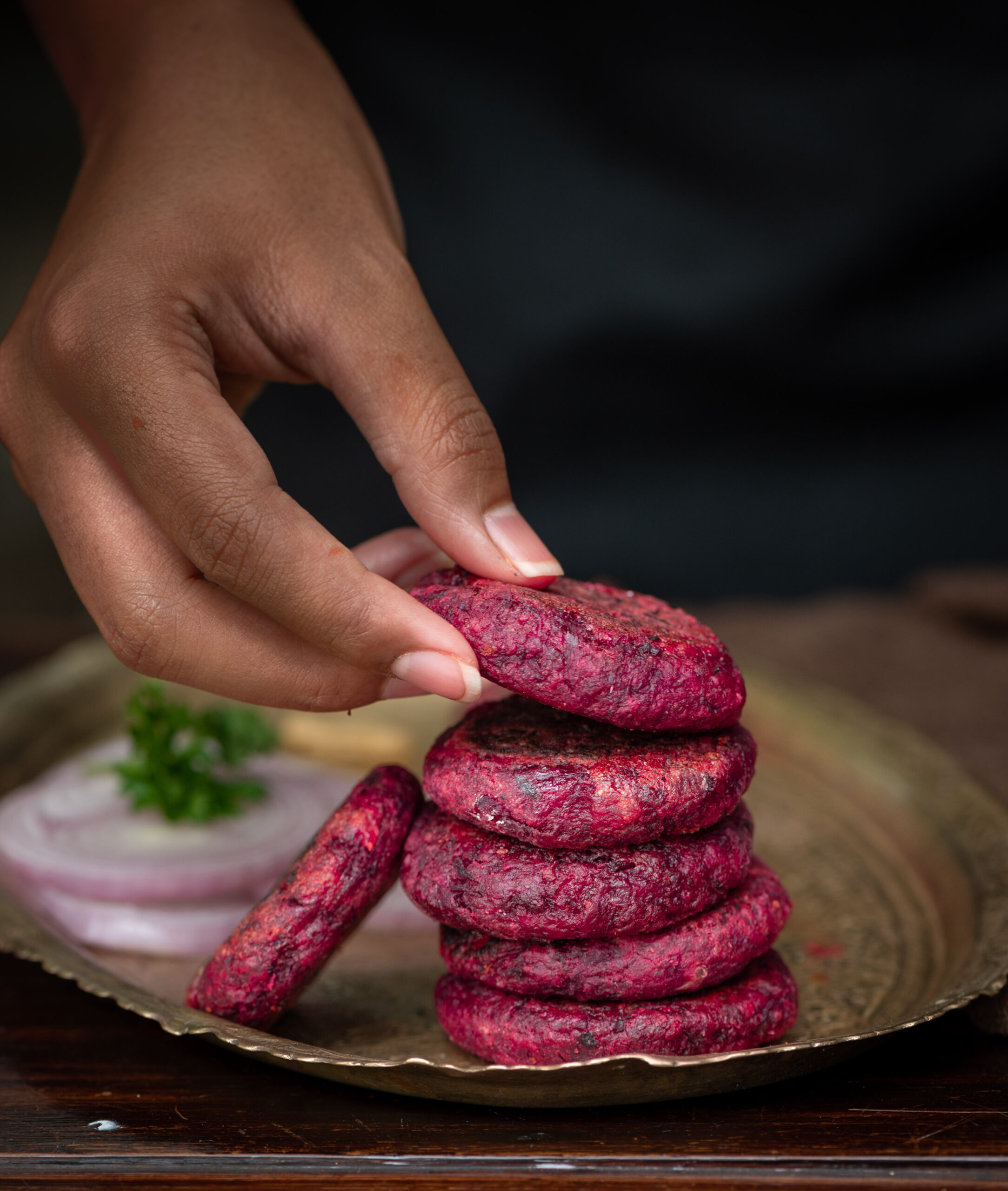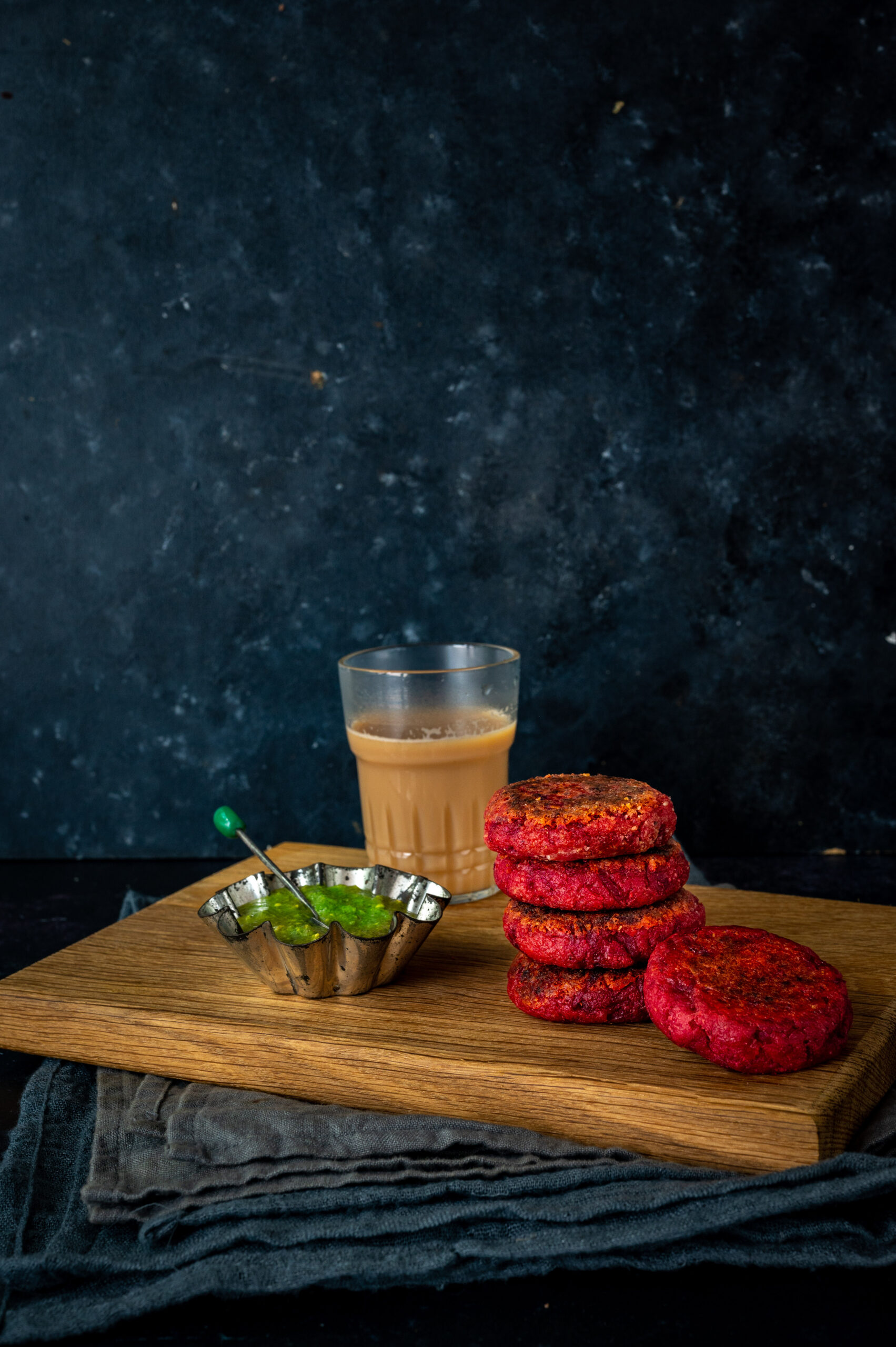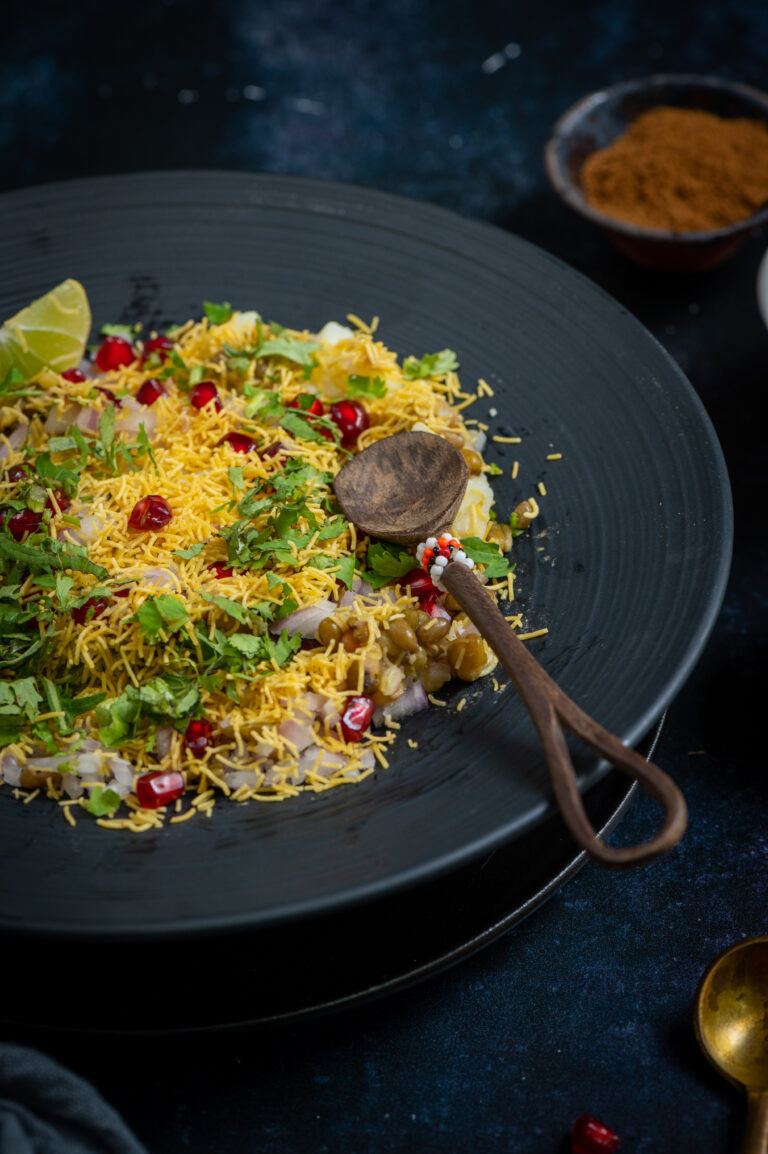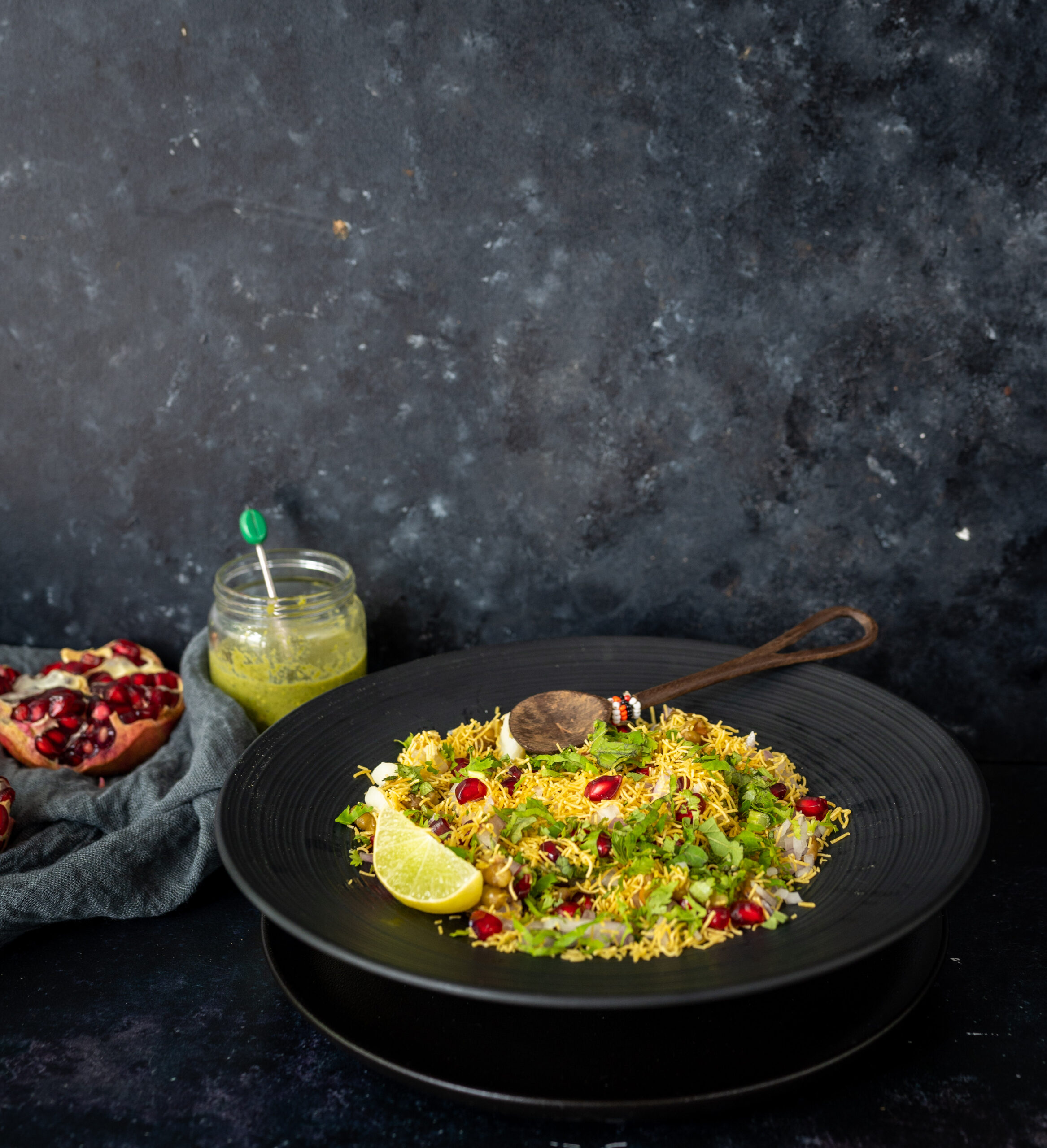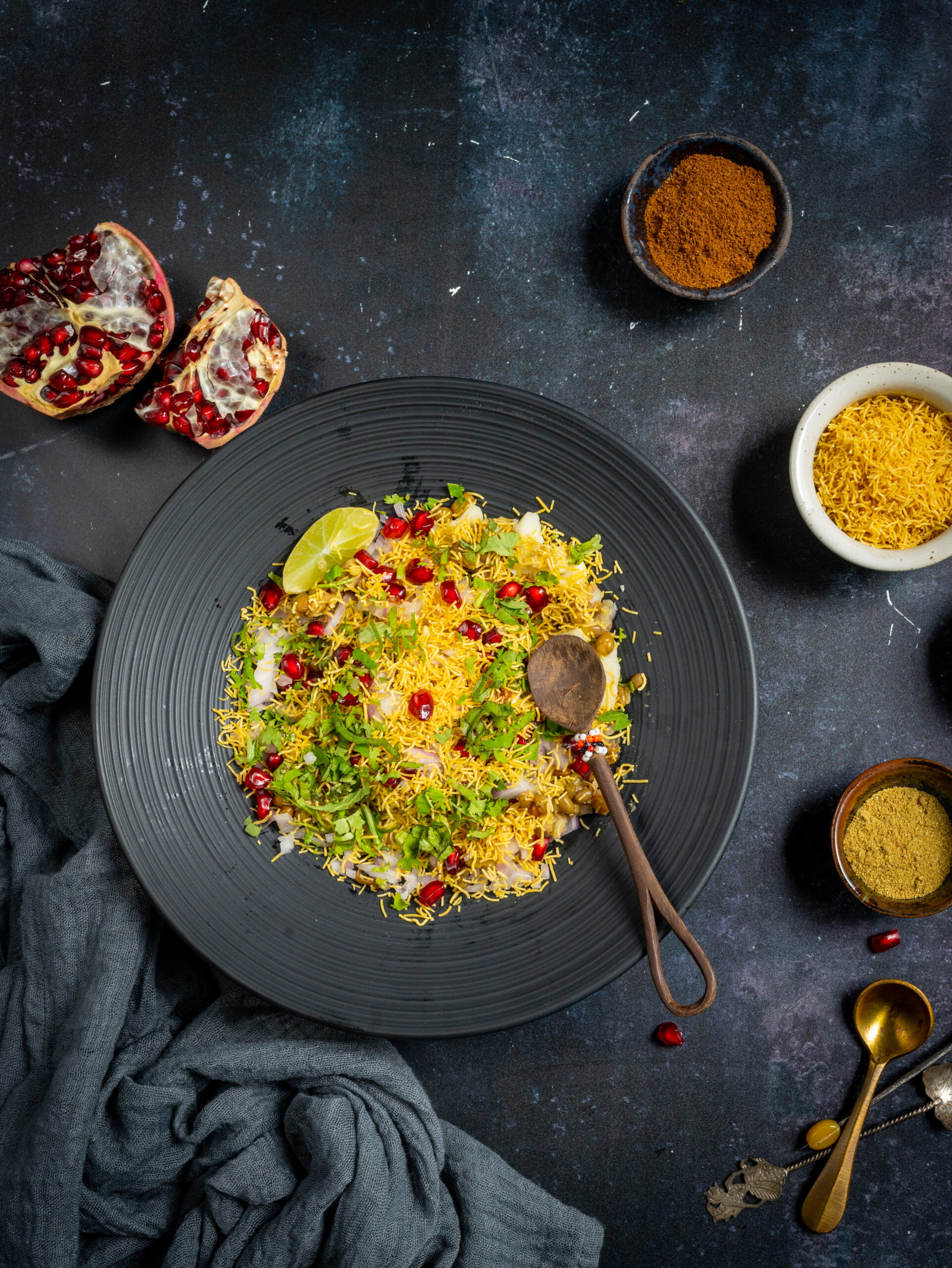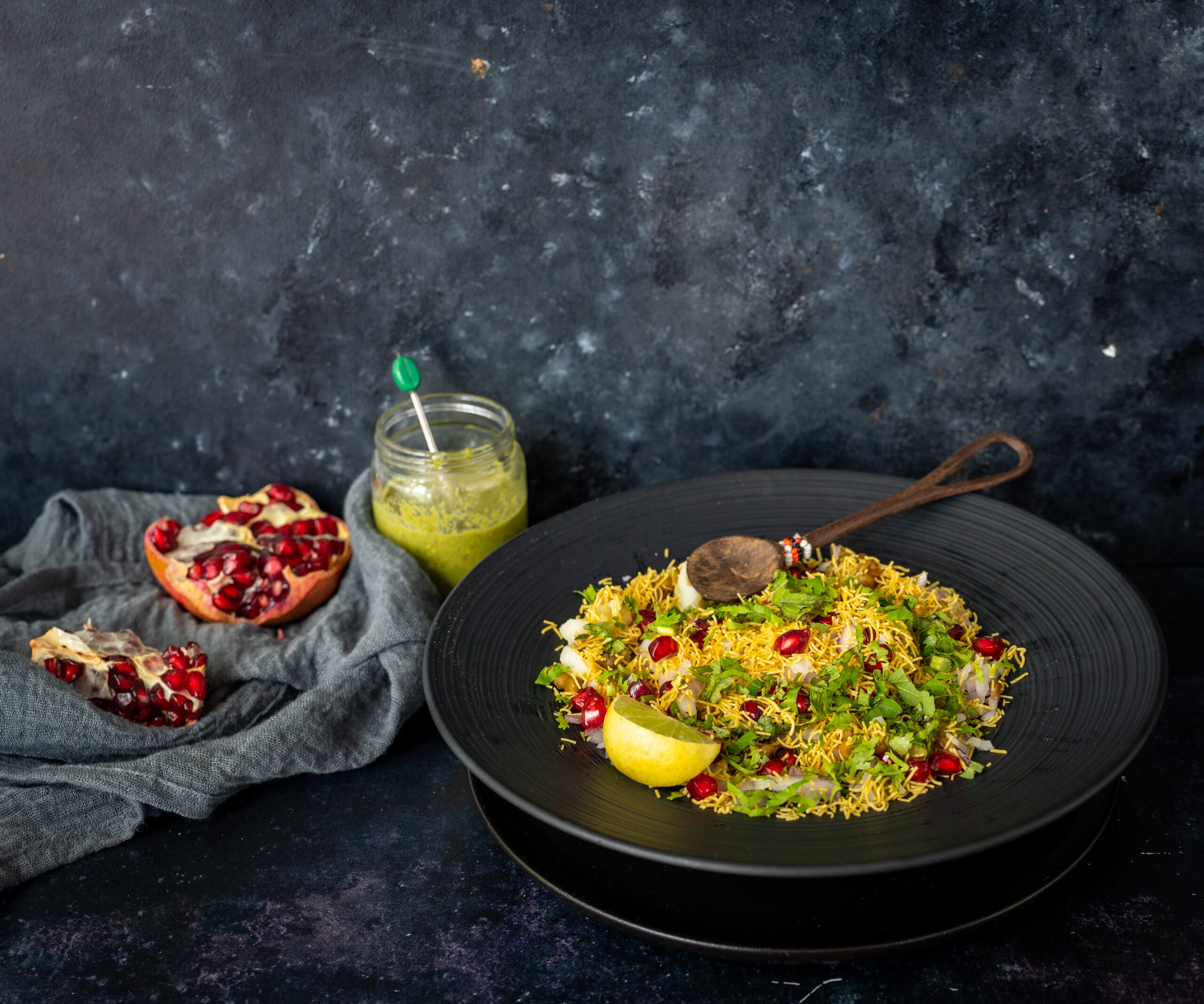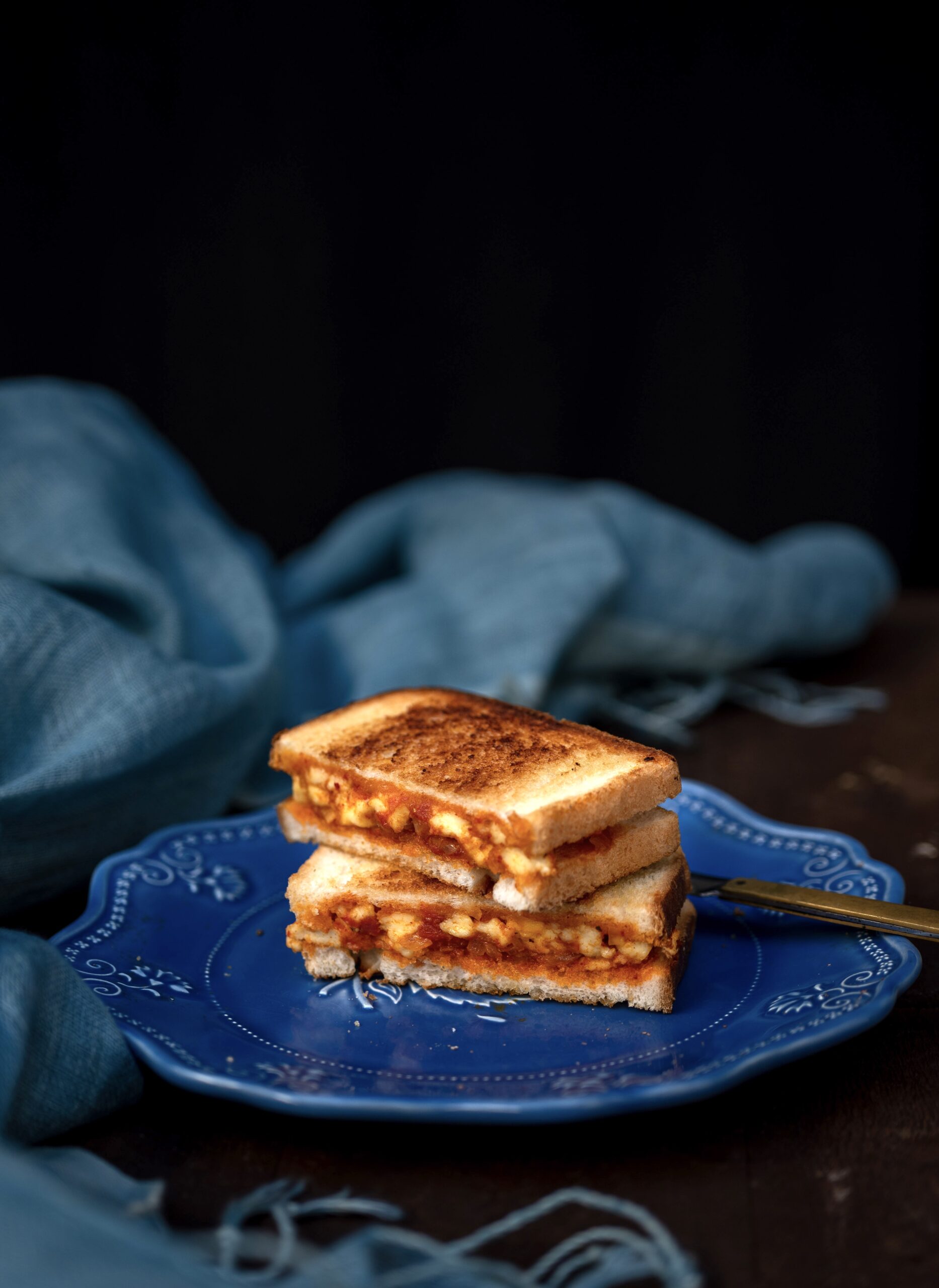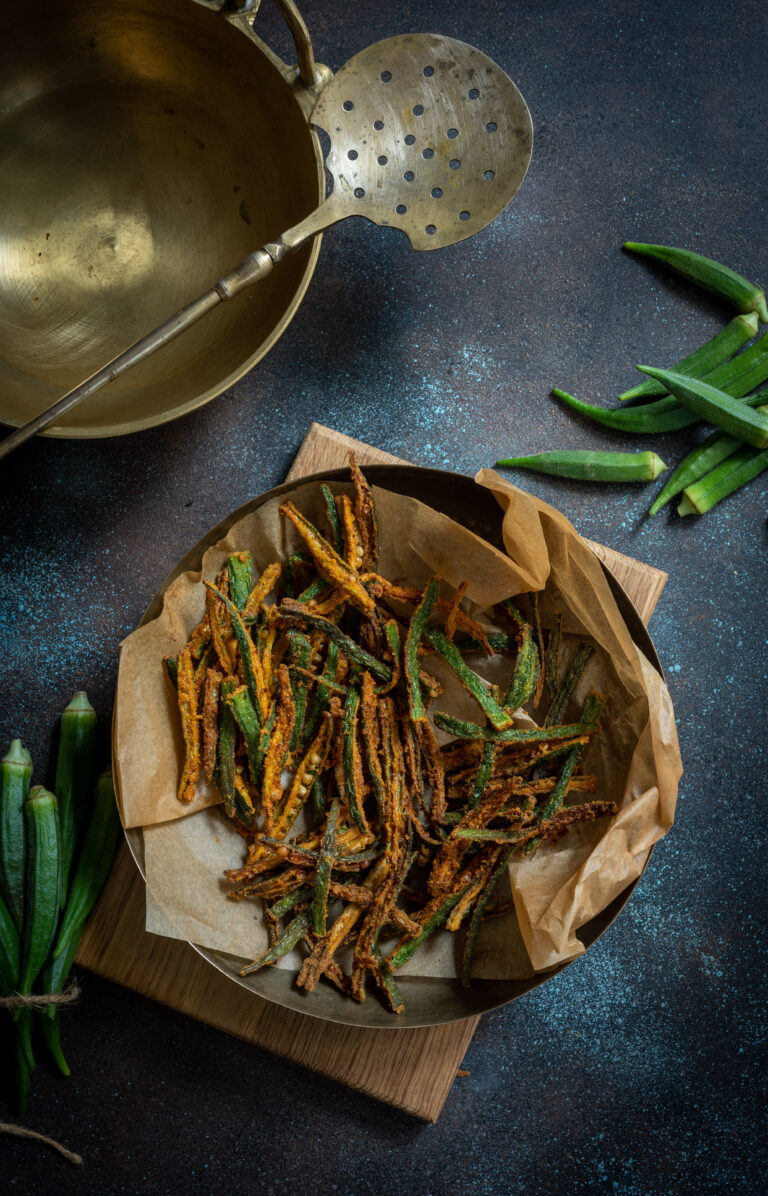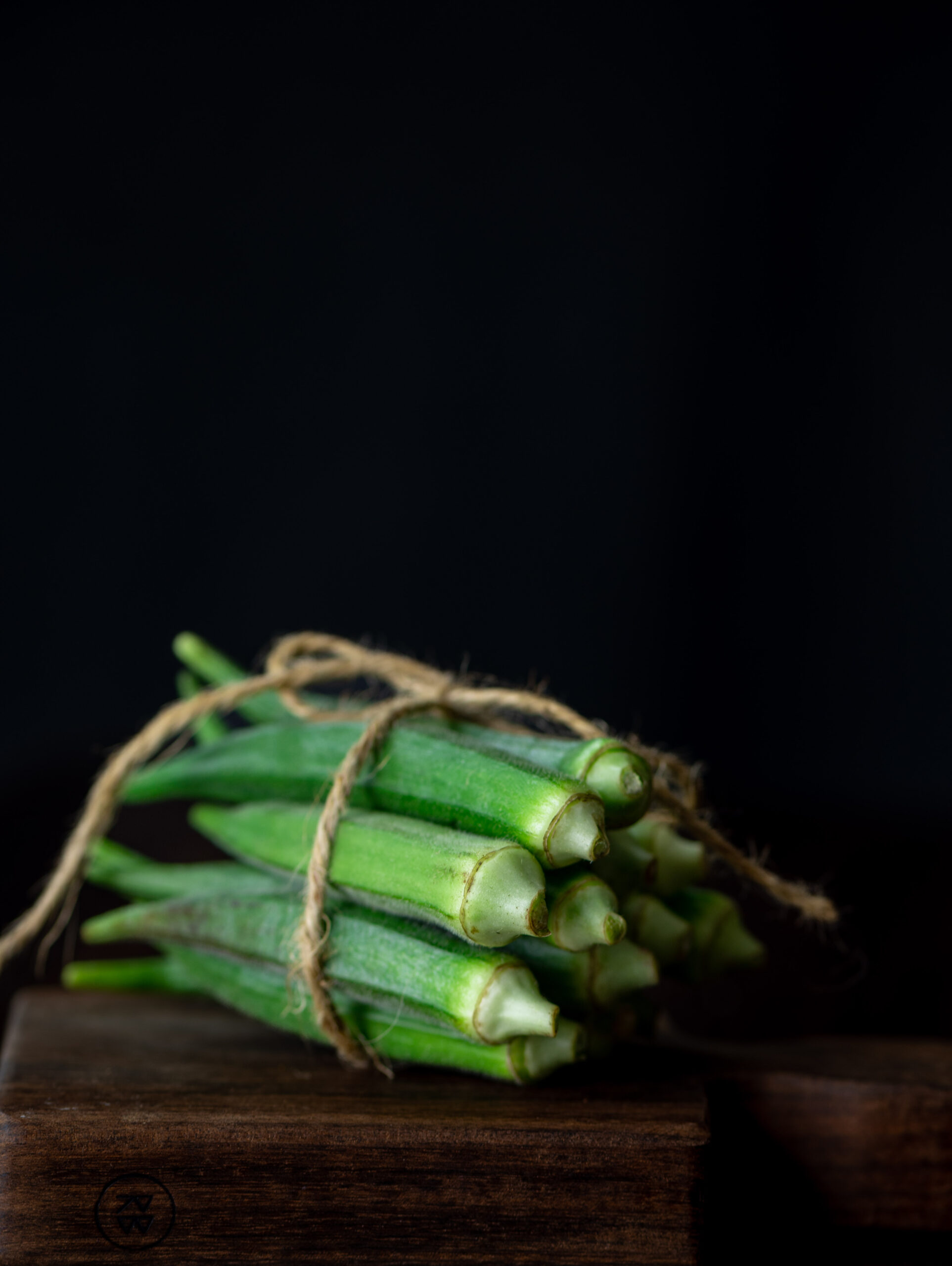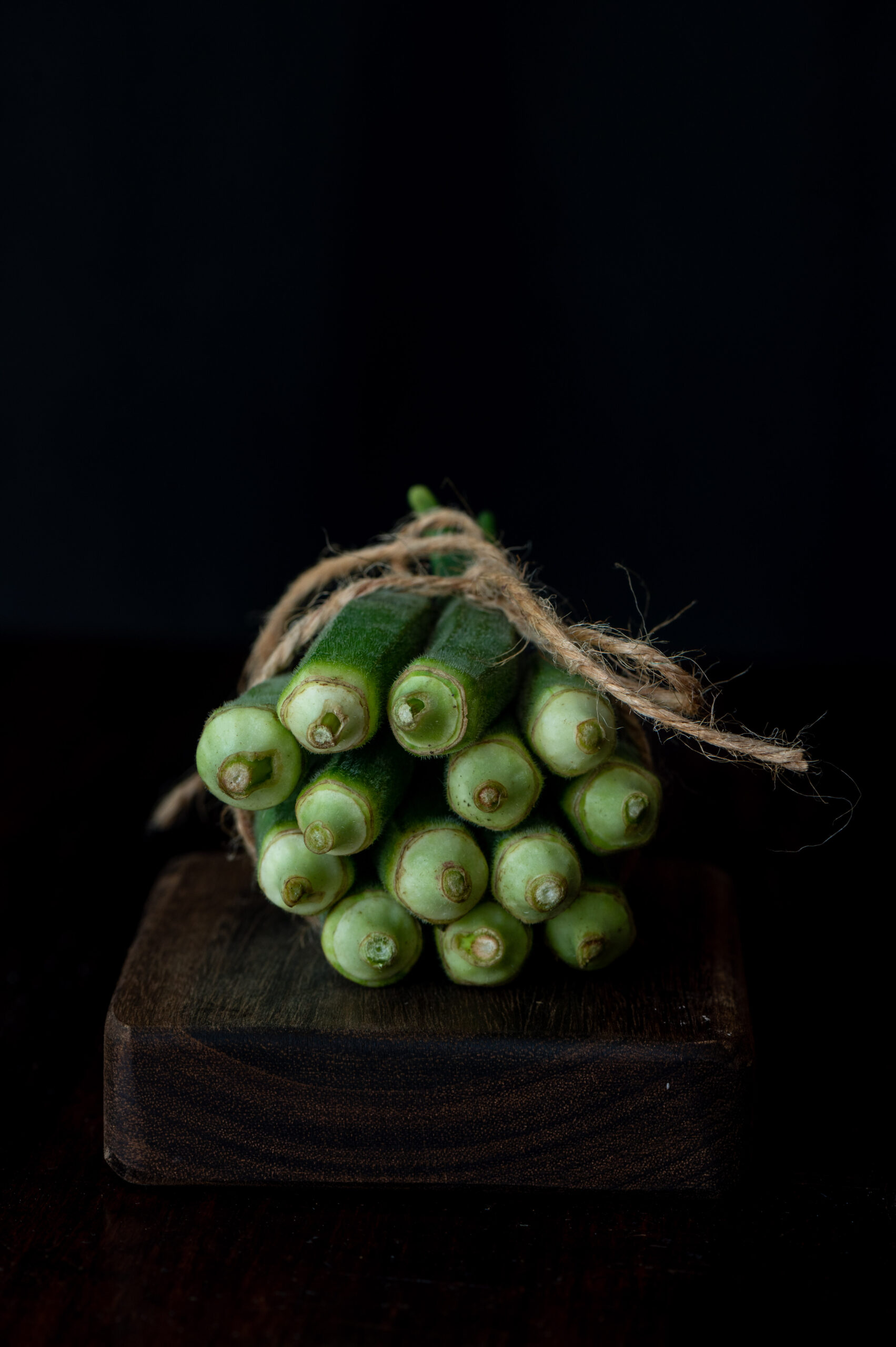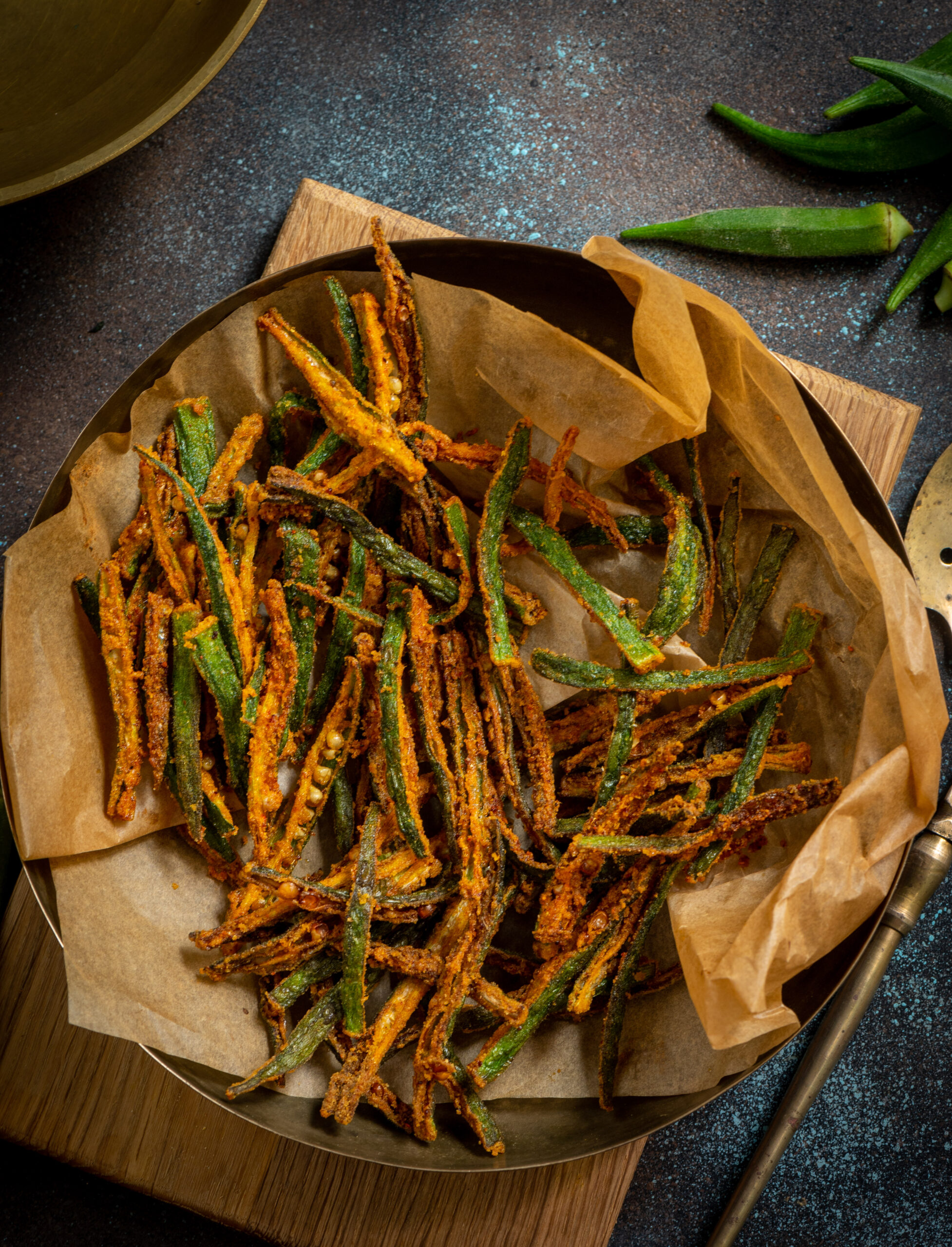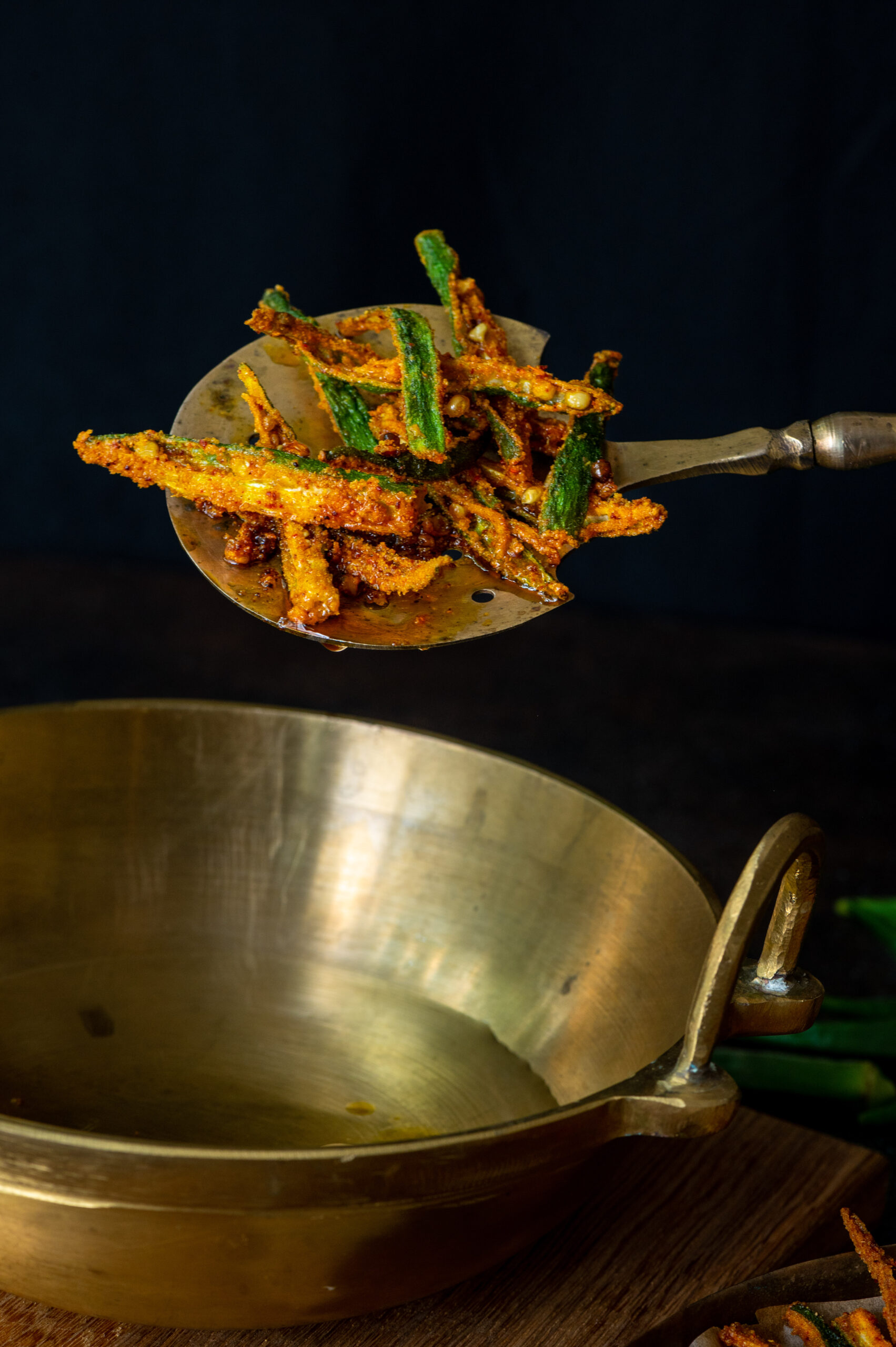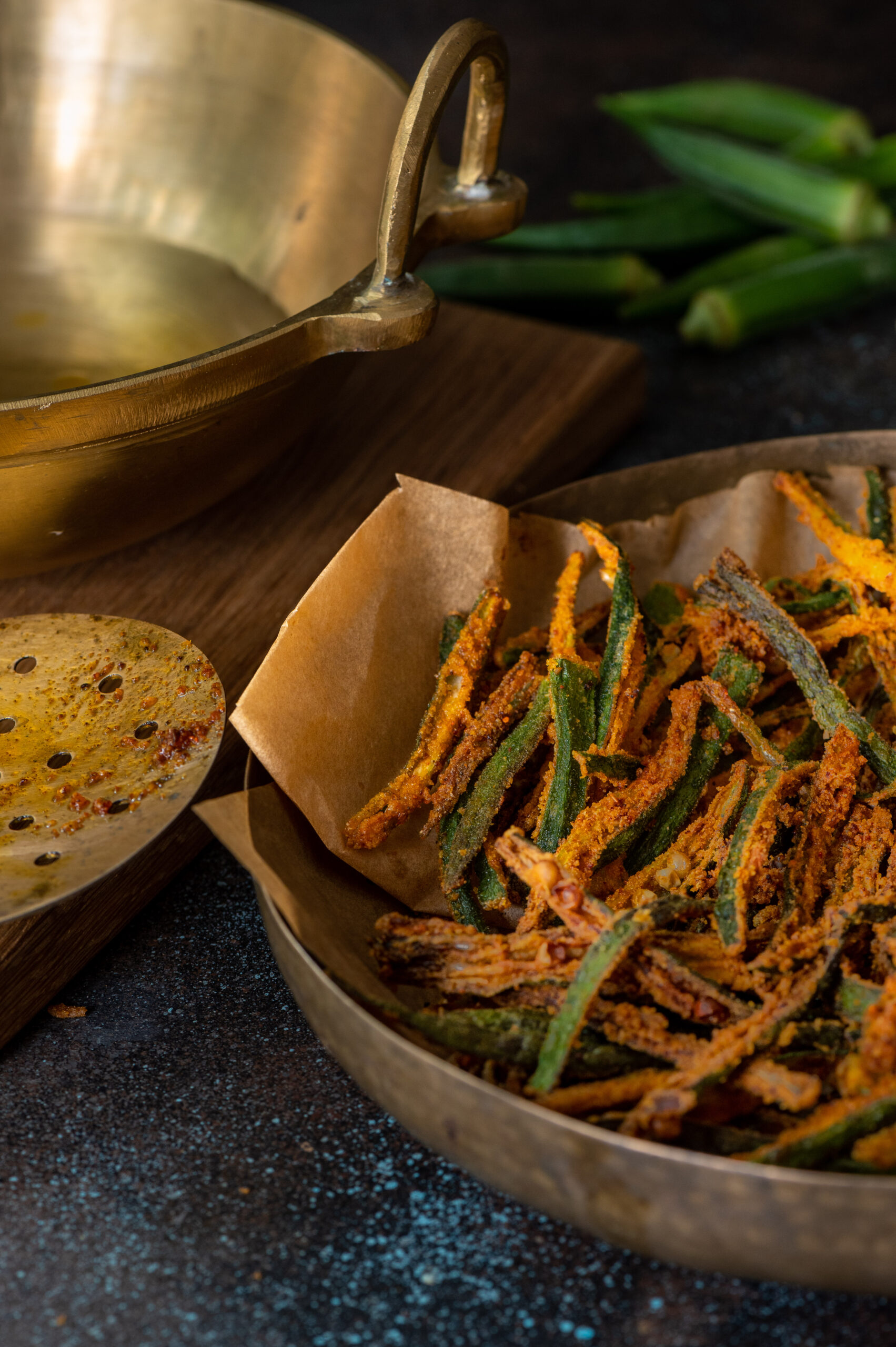The celebrations of Diwali are soon followed by the celebrations of Christmas, and when I was growing up this meant that we enjoyed a couple of months of ongoing festivities. My most cherished childhood association of Christmas has to do with a large Anglo-Indian family we knew. They were wonderfully warm and welcoming, and Christmas day for us was all about visiting them and sharing in the cheery mood in their home. Until they came into our lives, the festival was something I had only encountered in books, so to actually experience it was thrilling. I will never forget the first time I saw a Christmas tree, all decked out in their home. Under it, there were always such lovely gifts for us friends of the family, and I looked forward to these each year. Of course, there was also the spread of delectable festive goodies. These special memories are on my mind this month, which is why they have inspired my sharing of this all-spice cake recipe.
Fast forward to today, and Christmas now for me is all about absolutely delicious plum cakes, received from many friends. As you may know, plum cakes last for between six months to a year depending on how they are made. This means that I am at liberty to enjoy them for a nice long stretch. Just a slice at tea now and then makes the perfect accompaniment. After re:store cakes, of course!
I’ve never attempted at baking a plum cake myself as I know it’s a laborious process, both in technicalities and in love. Besides which, there is such sweetness in receiving them from dear friends. Nowadays, there are vegan and vegetarian and alcohol-free options out there, but there’s nothing like a good old rum plum cake. So while I’ve never gotten down to experimenting with it as a baker, I have really enjoyed making the next best thing.
This all-spice cake, made with a readymade all-spice mix that is full of the goodness of cardamom, cloves and more, has come out so moist and delicious. Maybe it will be one of my own seasonal traditions in future – and perhaps even yours.
This time of year is full of activity for me – visiting friends, special occasions, events, art shows and so on that I am really enjoying every single day. I am also kept busy with fulfilling re:store orders that bring delight into many people’s homes. So much so that it’s almost a struggle to keep up with regular posts on this blog, but I made a promise to myself that I’ll continue sharing my love of cooking with everyone I can reach.
So here I am with a recipe that you can learn to bake ahead of your Christmas feasting, or at any time of year. This will be followed by a cookie post, so do keep an eye out for that as well.

All-Spice Cake
(Yield: One loaf)
200 grams maida
175 grams sugar
60 grams milk
60 grams boiling water
1½ teaspoons baking powder
¼ teaspoon baking soda
½ teaspoon salt
1 teaspoon all-spice
75 grams oil
2 eggs room temperature
25 grams Greek yoghurt
1 teaspoon vanilla extract
Preheat the oven to 170° C. Prepare an 8” loaf tin by lining it with butter paper and coating the edges with butter and flour.
Sift the flour, salt, all-spice, baking powder and baking soda separately. Set aside.
Mix the milk and hot water together. Set aside.
Now, beat the oil and the sugar together. Add the eggs and beat again. Add the vanilla extract.
Then, add the liquid and dry ingredients alternatively, folding each into the mixture with a spatula. Make sure the sides are scraped down properly.
Pour the batter gently into the loaf tin and bake for 35-45 minutes.
Remove from the oven and set the tins aside. After 15 minutes, remove the loaf and cool it on a cooling rack.
Decorate as you wish, and serve. Season’s greetings!
When I say that wish you lots of peace, I mean it deeply. In today’s day and age, we could all do with it – not just for ourselves, but for the environment, in the world, and for every community. Wishing you a very merry, peaceful and delicious Christmas!



